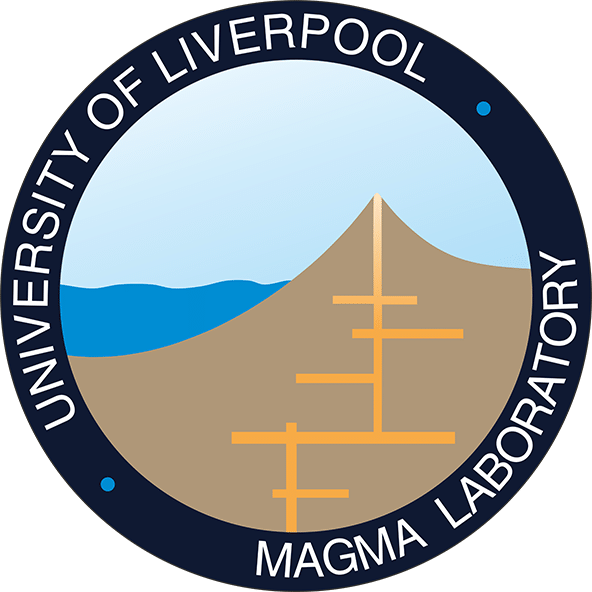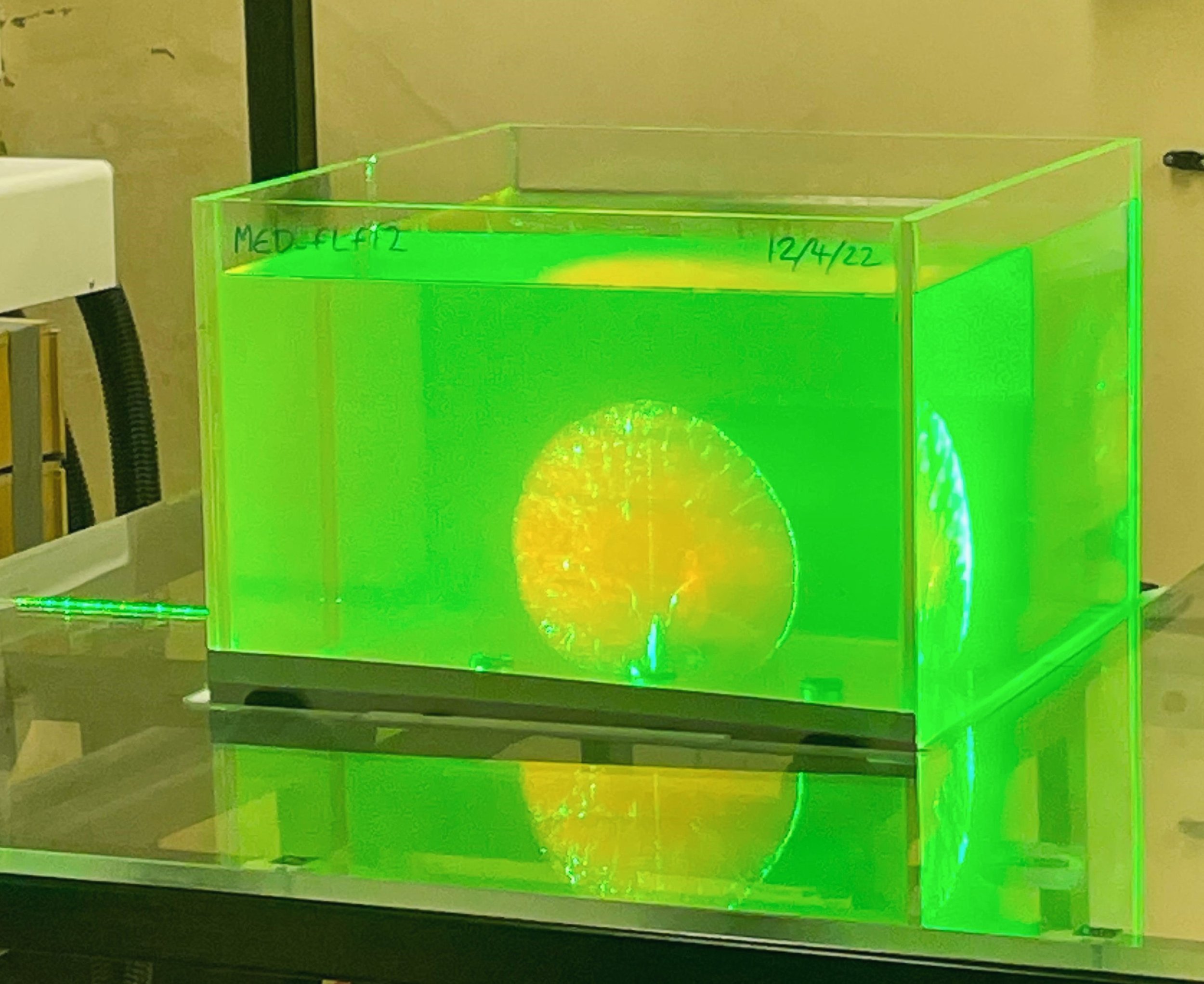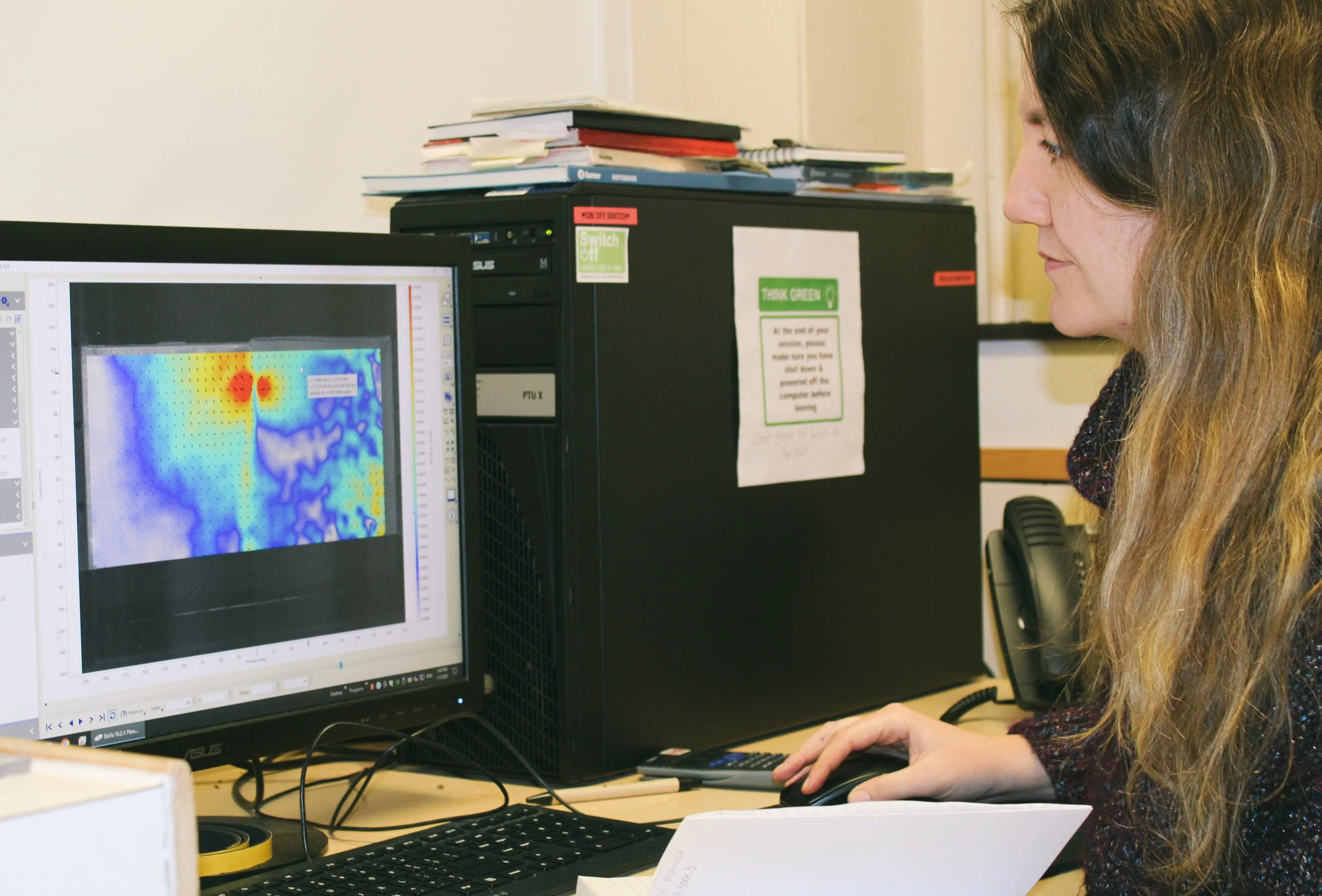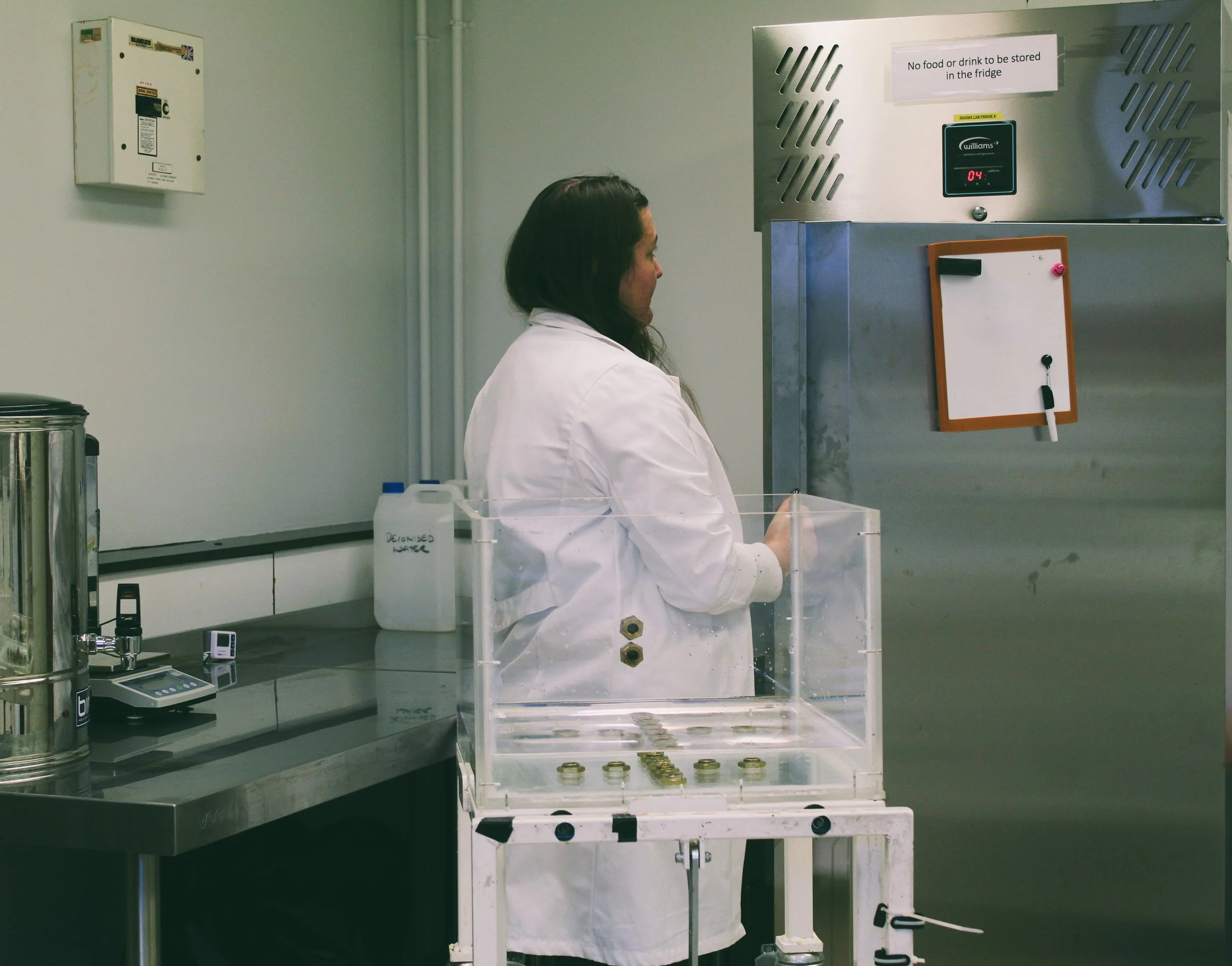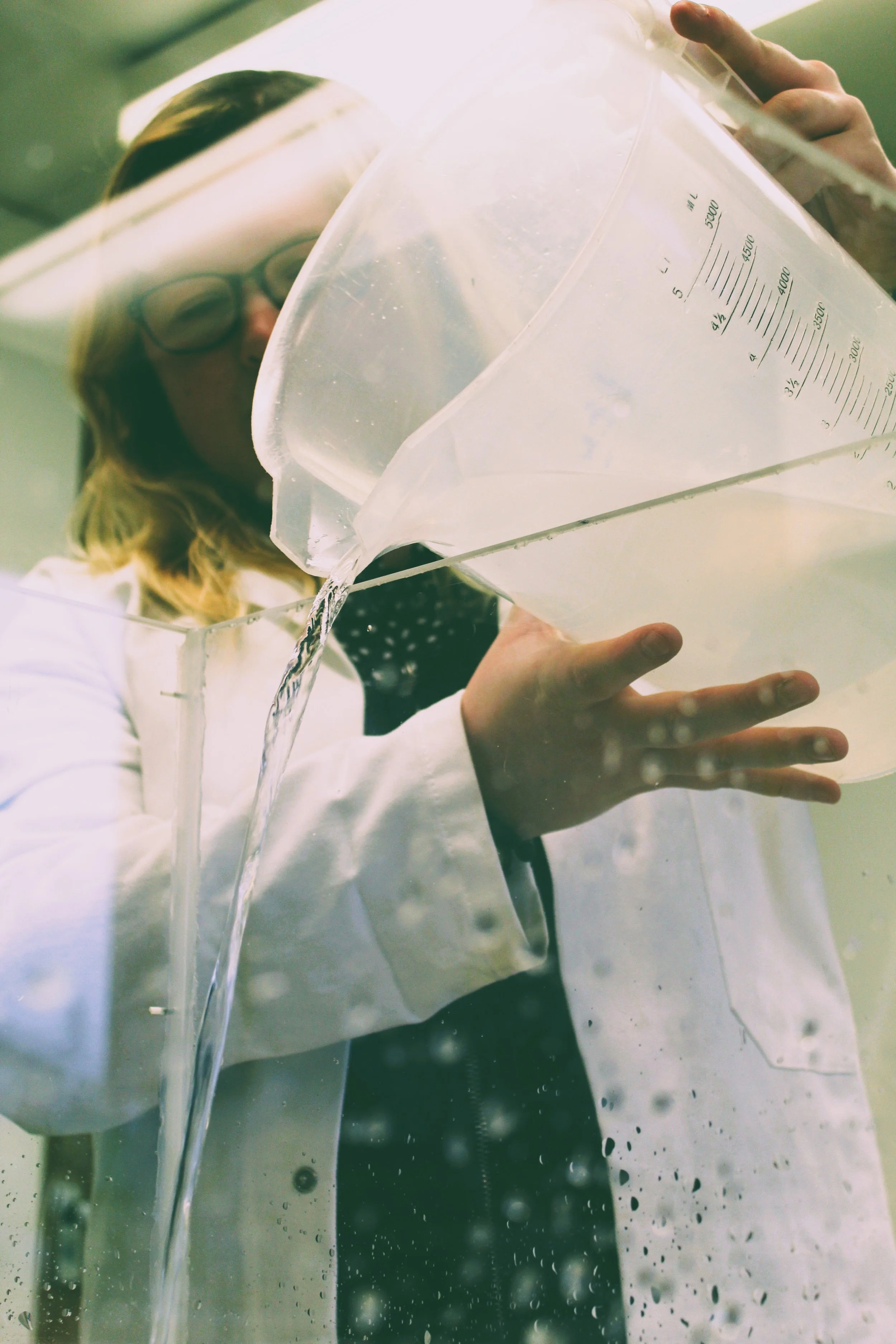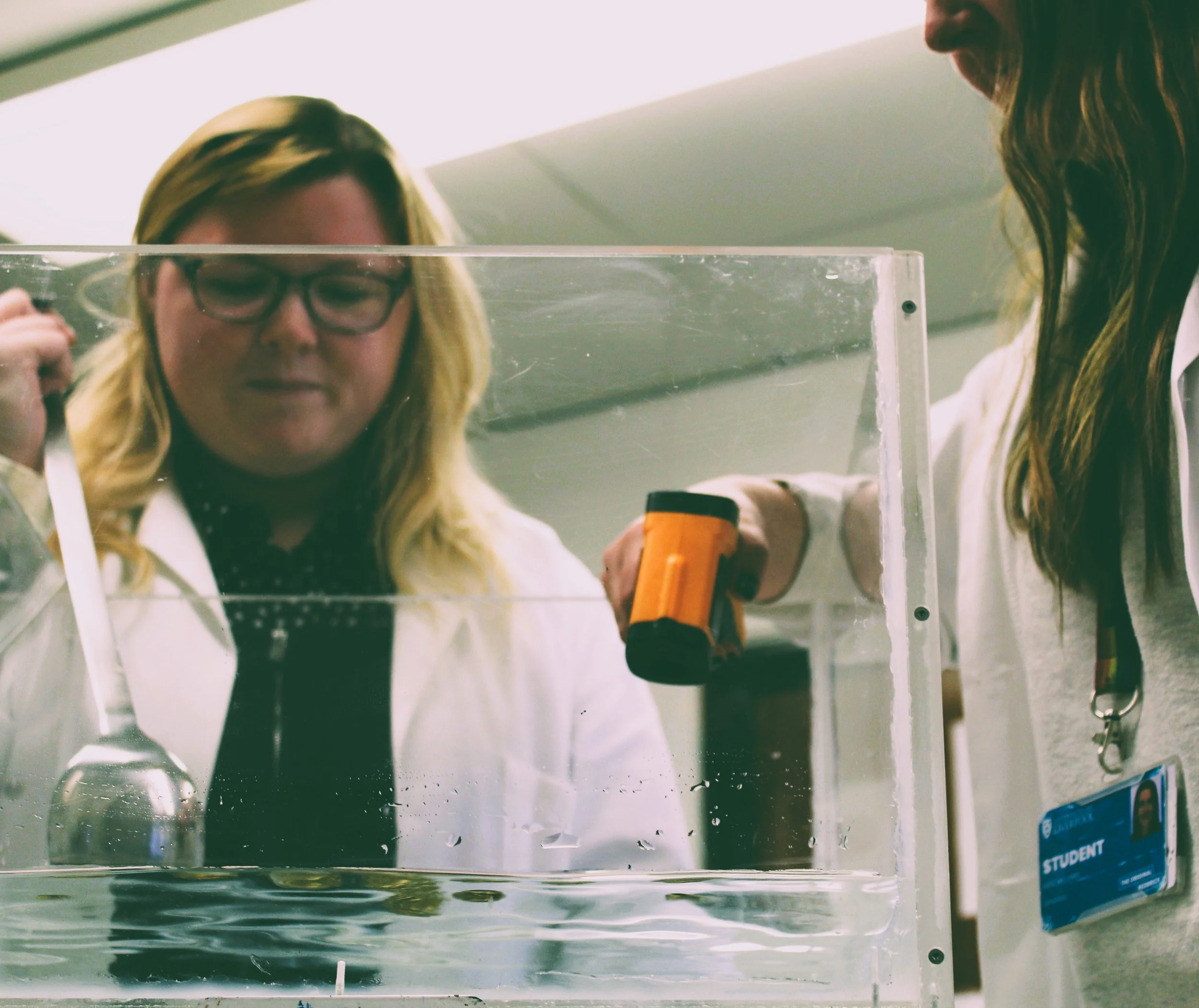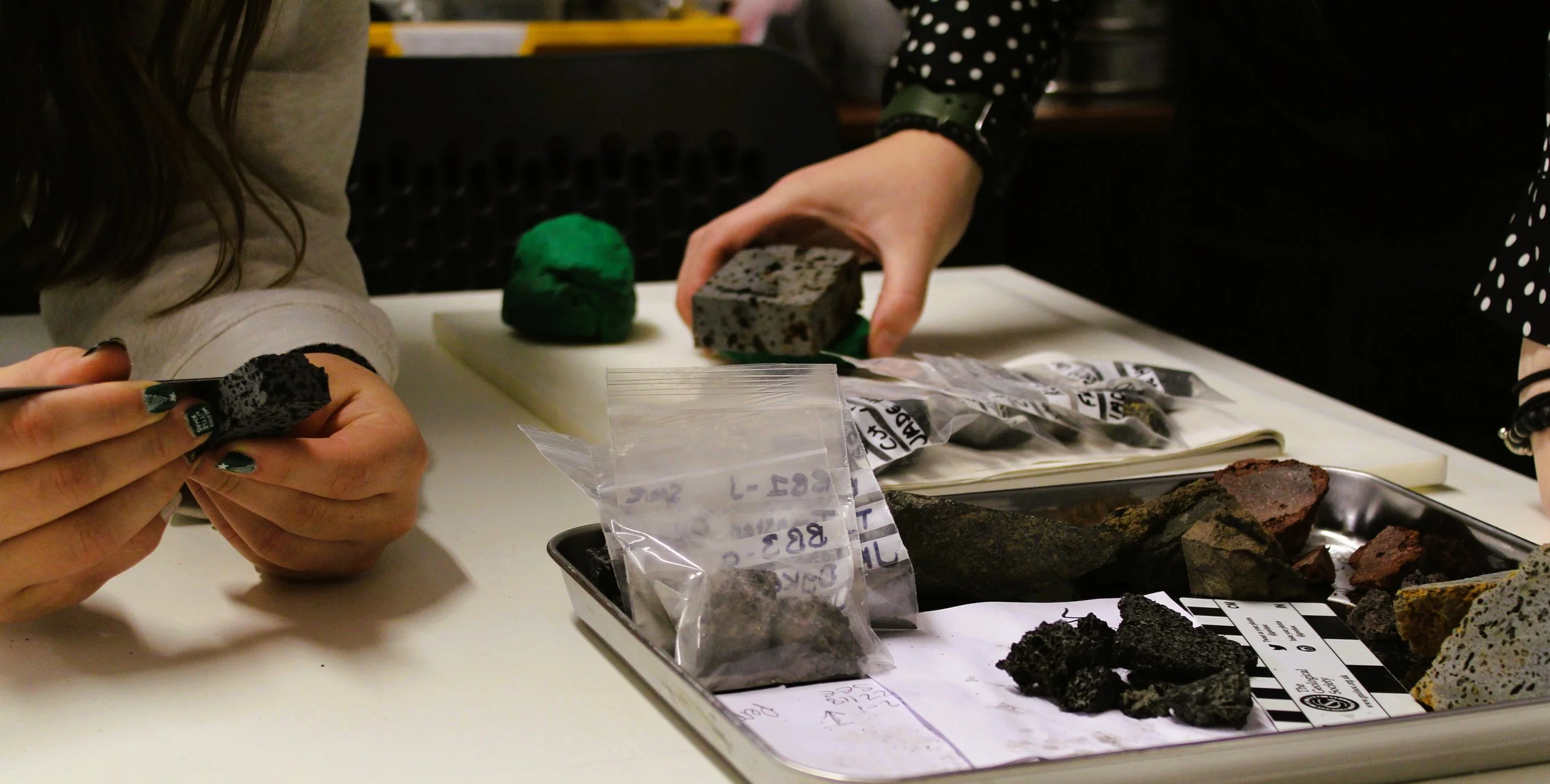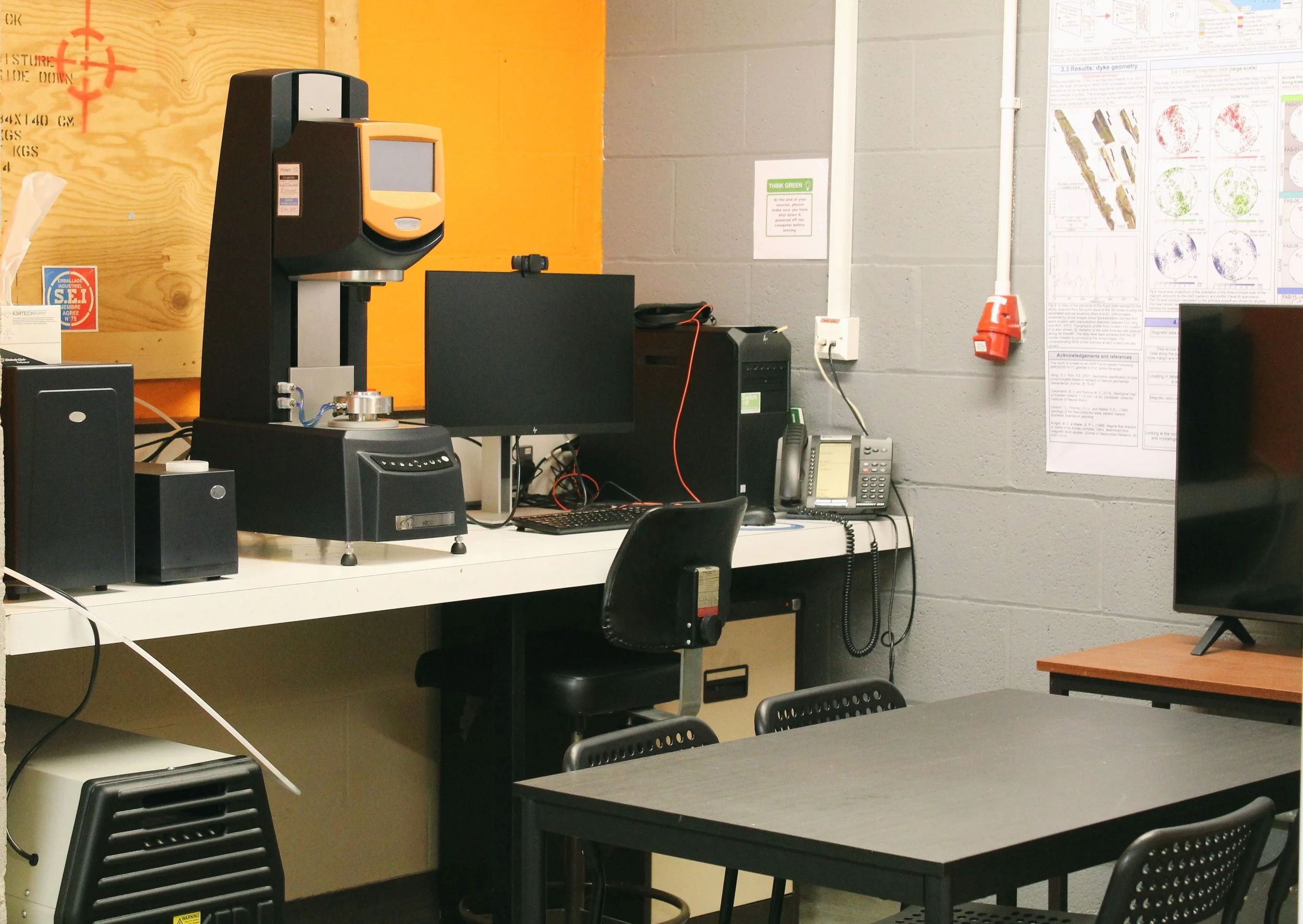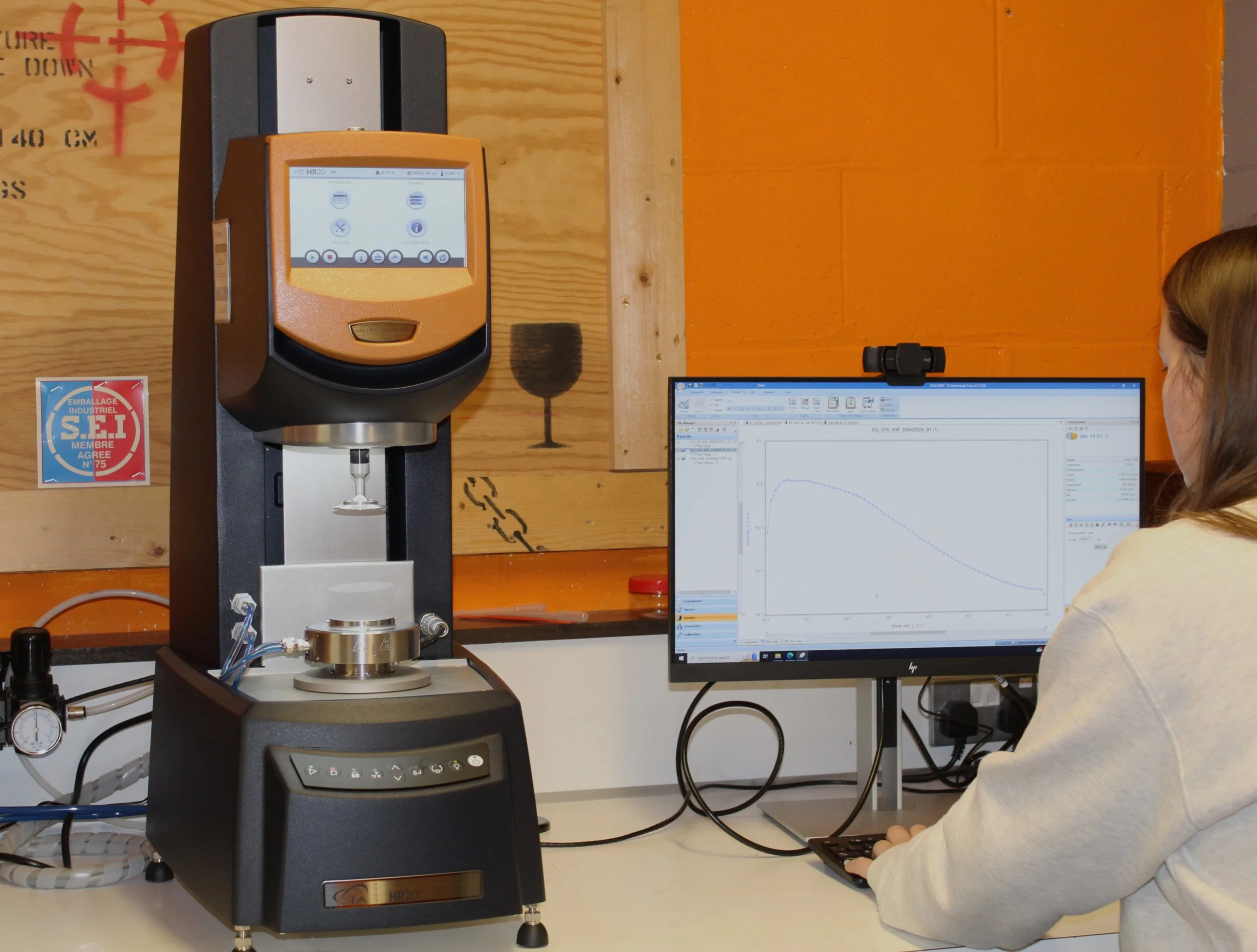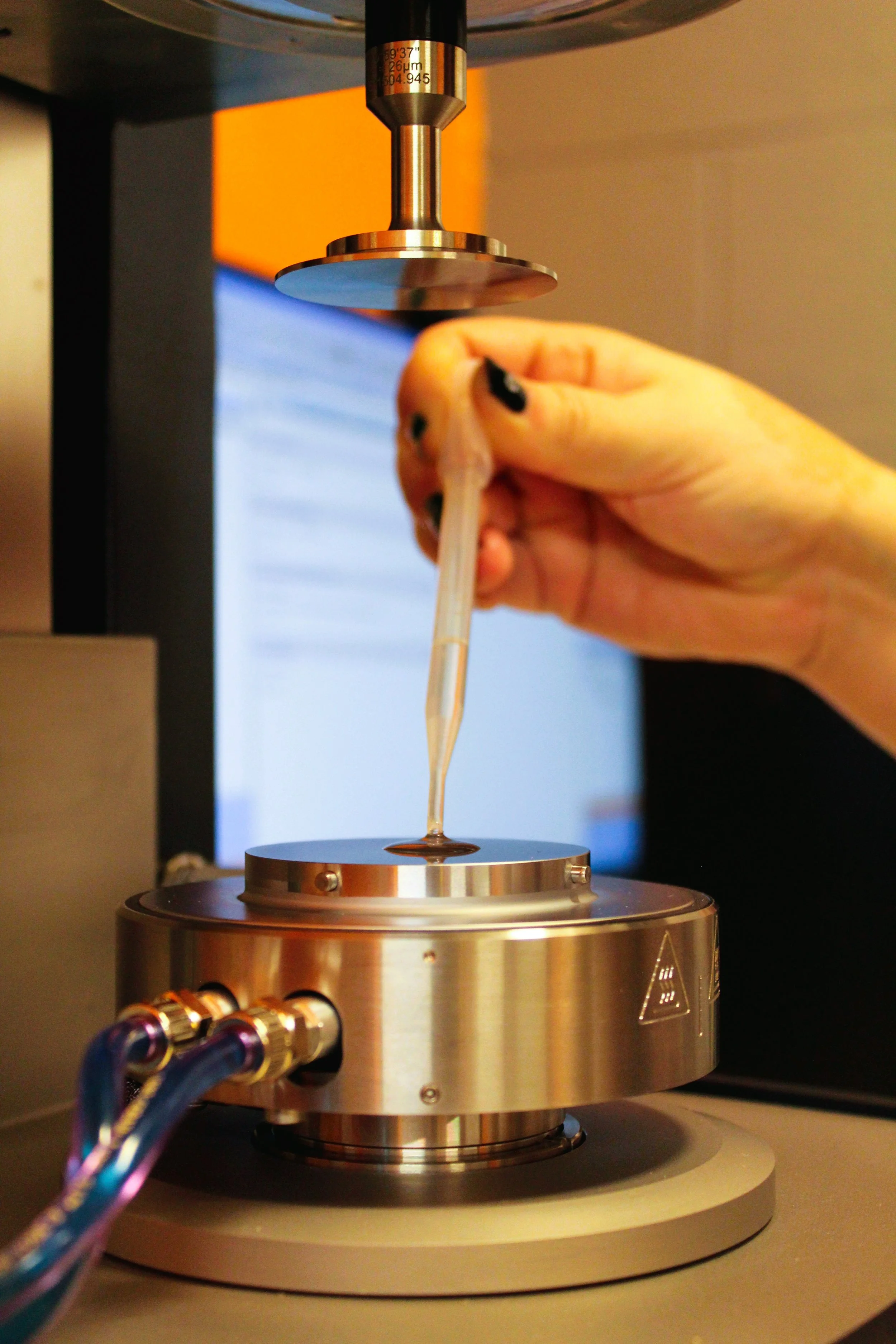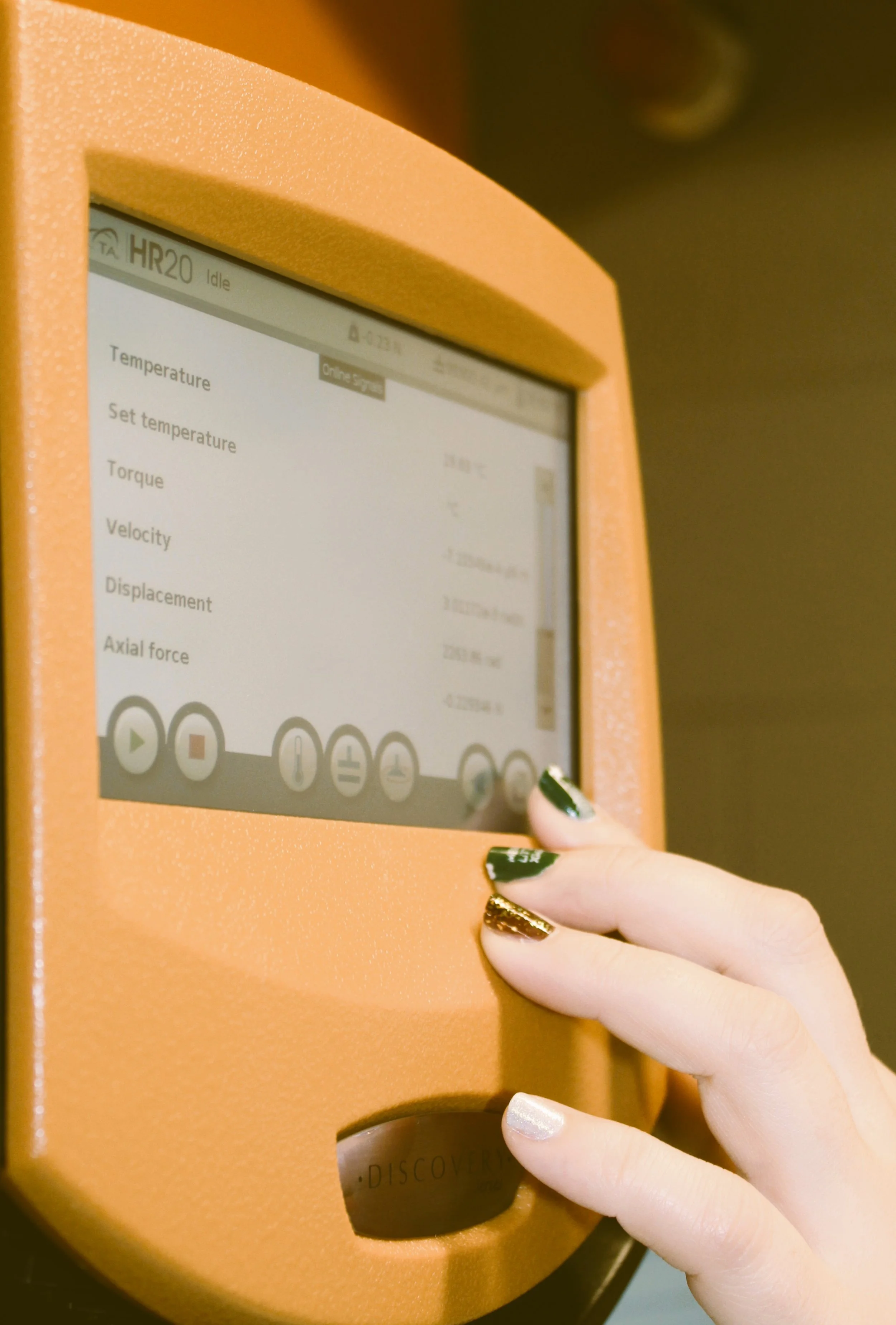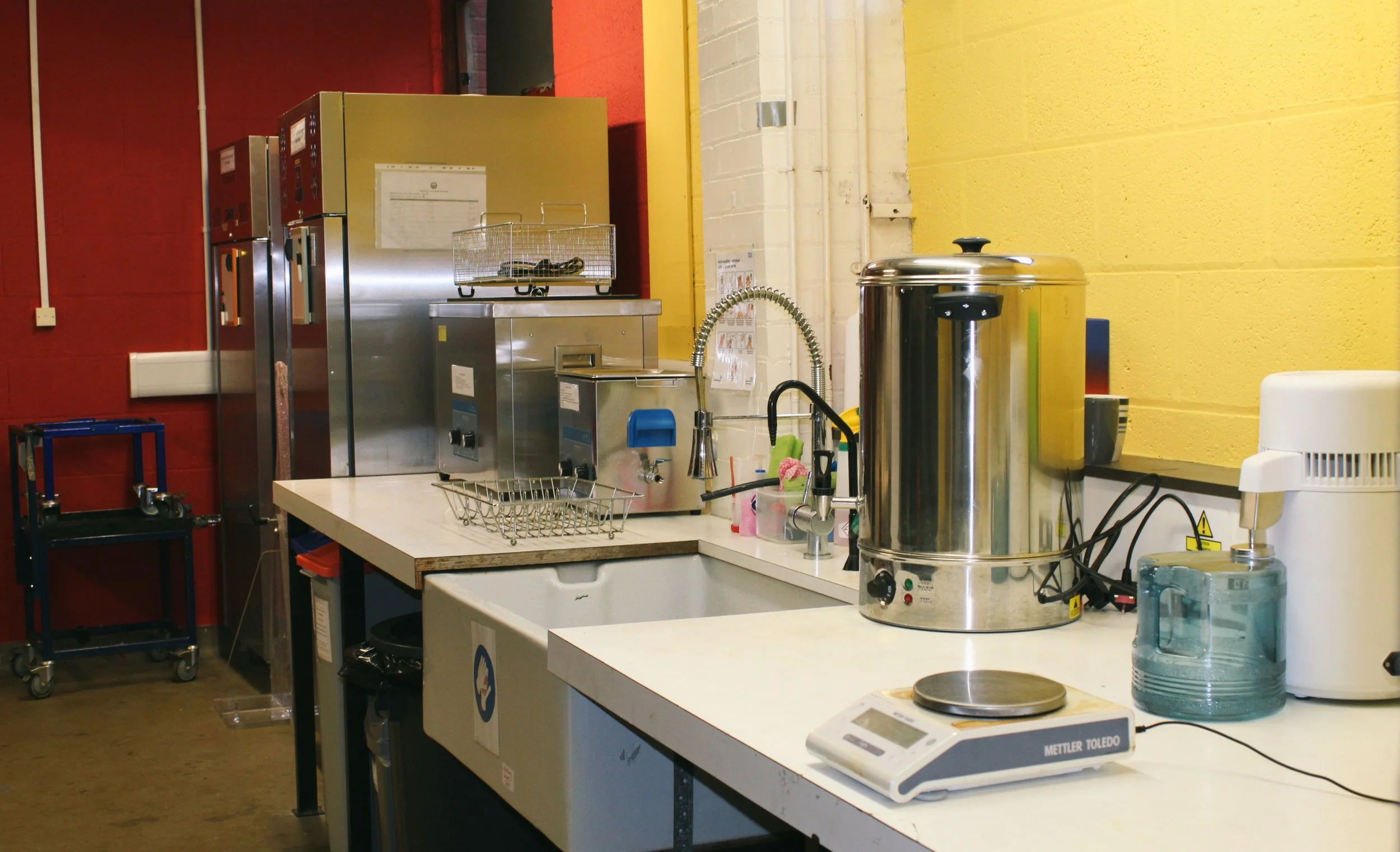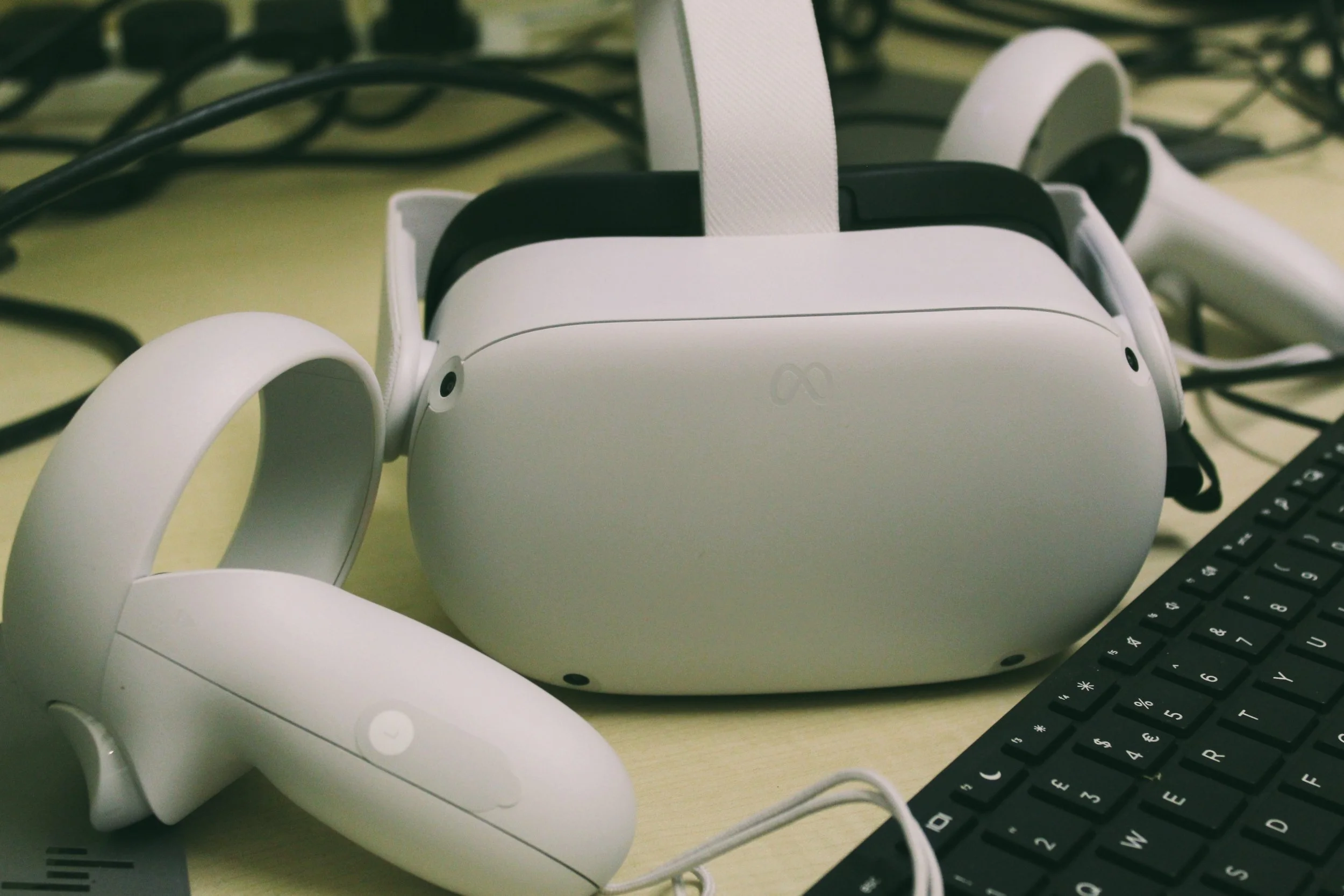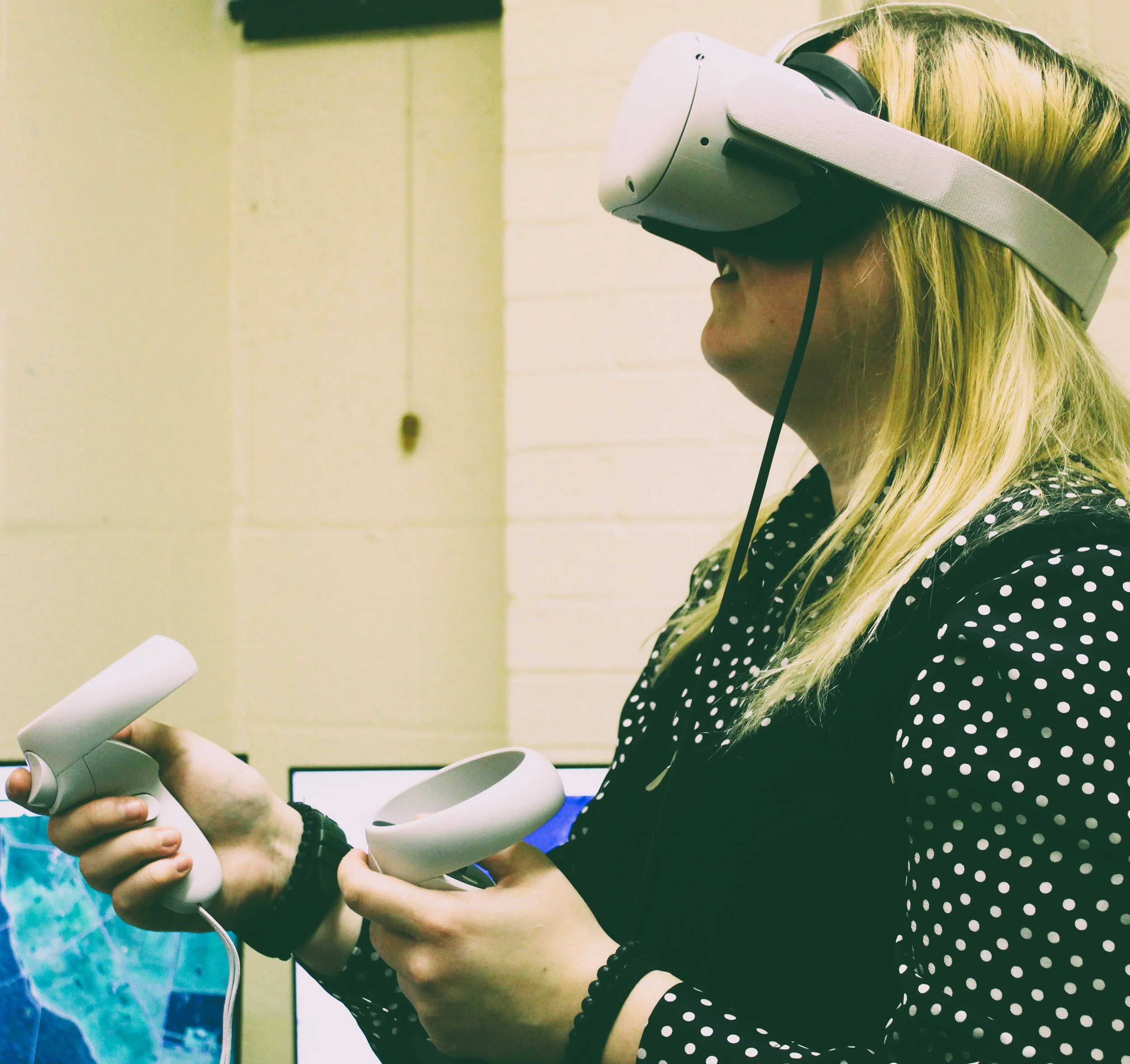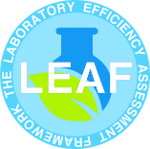
MAGMA Lab Facilities
Medusa Laboratory
Located in the Jane Herdman Building, the Medusa Laboratory is where we carry out all our laser-based experiments as part of our research into fluid dynamics, magma flow, and volcanic plumbing systems. Particle imaging velocimetry (PIV) and digital image correlation (DIC) are some of the techniques we use to examine magma flow regimes and deformation mechanisms and assess how these influence the eruption potential of underground magma.
PIV experiments are conducted using our Litron Nano TRL 325-15 PIV laser in conjunction with LaVision Imager SX Camera system and LaVision DaVis10 software for analogue modelling.
Simulating magma movement by injecting a fluid into a tank of gelatine
Capturing fluid flow data for analyisis
Litron Nano TRL 325-15 Laser
With a LaVision Imager SX Camera system, custom-made experimental rigs and tanks for analogue modelling
State-of-the-art Analysis
Image capture and analysis using LaVision’s DaVis10 with specialist fluid flow, strain and displacement modules
Medusa Preparation Laboratory
Adjacent to the Medusa Laboratory is a dedicated Medusa Preparation Laboratory which is fully equipped with the facilities to prepare analogue fluids and gels used for modelling in the Medusa Laboratory. Workbench spaces are also available for sample sorting and project activities.
Gelatine preparation
Spacious area for preparing large tanks of gelatine
The Volcanology Laboratory
Situated on the ground floor of the Jane Herdman Building, the Volcanology Laboratory is flexible space for non-laser based analogue experiments. It is a large room with dedicated areas for experiment set ups, group meetings and desk based activities. The space can accommodate groups for laboratory workshops and outreach events.
Rheometry
Our TR Instruments HR20 Rheometer is used to test the rheological properties of fluids used within our research experiments. The rheometer uses the latest TRIOS™ software for rheological data analysis.
TR Instruments HR20 Rheometer
Using TRIOS™ software to measure and analyse the results
Peltier plate
Applying a fluid sample to the Peltier Plate for analysis at desired testing parameters
User friendly interface
The rheometer is designed for ease of use, producing quick and reliable results
Photoelasticity & Artificial Light Analogue Experiments
The laboratory is fully equipped with the facilities to produce tanks of gelatine for analogue modelling experiments, from sample preparation to running the experiment and capturing the data using our camera equipment for DIC analysis and interpretation.
Polarised light
Using photoelasticity to visualise stress within analogue crusts materials
Preparation area
Spacious area for gelatine preparation and general laboratory activities
Workshops & Outreach
This flexible space is suitable for hosting workshops and outreach events
Numerical Modelling, Drones, Photogrammetry & Virtual Reality
The lab is equipped with dedicated workstations for data processing and analysis.
We have the facilities for photogrammetry using Agisoft Metashape 3D imaging software to process images collected during fieldwork using our DJI mini2 or DJI Mavic 3pro drones. 3D mapping images of field study areas can be created and used in conjunction with our virtual reality 3D headset.
The Volcanology Laboratory also has a dedicated workstation for operating COMSOL Multiphysics® software for Structural Geology, Fluid Flow and Heat Transfer modelling.
VR Headset
Using virtual reality to view 3D images created from drone images of field study areas
